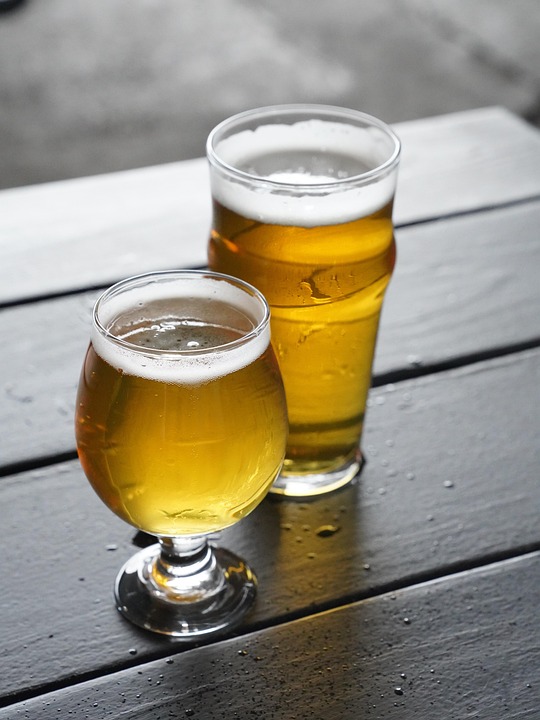Introduction
As the craft beer market continues to grow rapidly, traditional lager brewers are facing increasing competition from smaller, independent craft breweries. In order to stay relevant and competitive in this evolving market, lager brewers must adapt their strategies to appeal to the changing tastes and preferences of consumers. This report will explore what lager brewers can do to compete in the fast-evolving craft market, using a data-driven approach and industry insights.
Understanding the Craft Beer Market
Market Size and Growth
The craft beer market has been experiencing significant growth in recent years, with more and more consumers seeking out unique and flavorful brews. According to data from the Brewers Association, the craft beer market in the United States alone was valued at $29.3 billion in 2020, accounting for over 23% of the total beer market.
Consumer Preferences
Consumers are increasingly looking for craft beers that offer innovative flavors, high-quality ingredients, and a sense of authenticity. Craft beer drinkers are often willing to pay a premium for these qualities, making craft beer a lucrative segment of the market for brewers.
Challenges Faced by Lager Brewers
Competition from Craft Breweries
One of the biggest challenges facing lager brewers is the intense competition from craft breweries. Craft breweries have been able to capture a significant share of the market by offering a wide variety of unique and innovative beers that appeal to a diverse range of consumers.
Changing Consumer Preferences
Consumer preferences are constantly evolving, with many consumers now seeking out craft beers over traditional lagers. Lager brewers must find ways to adapt to these changing preferences in order to remain competitive in the market.
Strategies for Lager Brewers to Compete in the Craft Market
1. Innovation in Brewing
Lager brewers can differentiate themselves in the craft market by focusing on innovation in brewing techniques and ingredients. By experimenting with new flavors, styles, and brewing methods, lager brewers can create unique and exciting beers that appeal to craft beer enthusiasts.
2. Marketing and Branding
Effective marketing and branding are crucial for lager brewers looking to compete in the craft market. By developing a strong brand identity and telling a compelling story about their beers, lager brewers can attract consumers who are looking for authentic and high-quality brews.
3. Collaborations with Craft Breweries
Collaborating with craft breweries can be a strategic way for lager brewers to tap into the craft beer market. By partnering with smaller breweries on limited-edition releases or special events, lager brewers can reach a new audience of craft beer drinkers and showcase their commitment to innovation and quality.
Case Study: Anheuser-Busch InBev
Anheuser-Busch InBev is one of the world’s largest lager brewers, with a portfolio of well-known brands such as Budweiser and Stella Artois. In recent years, the company has made efforts to compete in the craft market by acquiring craft breweries such as Goose Island and Wicked Weed.
Financial Data
Anheuser-Busch InBev reported revenue of $46.9 billion in 2020, with a net profit of $3.8 billion. While the company’s lager brands continue to dominate the market, Anheuser-Busch InBev has recognized the importance of expanding into the craft segment to drive growth.
Strategies
Anheuser-Busch InBev has implemented a number of strategies to compete in the craft market, including launching its own craft beer brands such as 10 Barrel Brewing and Elysian Brewing Company. The company has also invested in marketing and branding initiatives to position its craft beers as premium and authentic options for consumers.
Conclusion
In conclusion, lager brewers must adapt to the fast-evolving craft market in order to remain competitive and appeal to changing consumer preferences. By focusing on innovation, marketing, and collaborations with craft breweries, lager brewers can carve out a niche in the craft beer market and drive growth for their brands. Anheuser-Busch InBev’s efforts to expand into the craft segment serve as a valuable example for lager brewers looking to compete in this dynamic and lucrative market.




